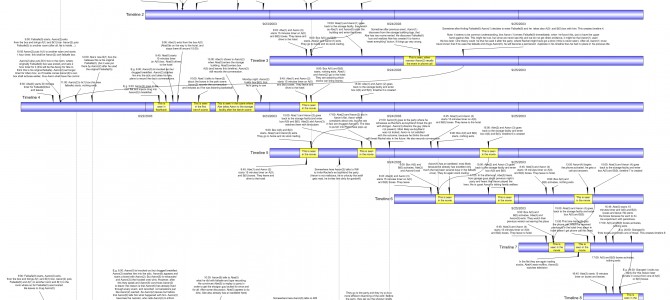Written by: The Midland Certified Reagent Company
Summary: Primers help initiate reactions that are crucial to modern medicine.
When researchers want to test a cure, they are hoping for a particular reaction. That reaction will tell them what they need to know about how the cure might react to a patient’s DNA. It may also tell doctors what kind of diseases a patient may have, or potentially develop.
These reactions don’t just occur, there needs to be some kind of primer. A polynucleotide can help initiate a reaction through the binding of complementary pairs. That initial molecule that sparks the reaction is called a DNA primer.
What are Primers?
Primers are like shorter sequences of nucleic acids, usually comprising only around 10 base pairs. When synthesis occurs naturally, the body relies on a short strand of RNA to replicate. Primers add extra pairs to a DNA strand, which helps catalyze a bond.
Each primer is hybridized for a specific pairing, so the reactions are possible only under ideal conditions.
Uses
Primers find many uses in DNA sequencing. Primers are used to begin the Sanger chain termination reaction, which is still used today as a method of verifying next-generation calculations as accurate. Primers need to match the DNA molecules they are meant to amplify, and they are used in a polymerase chain reaction as a kind of probe that helps identify which DNA fragments were changed by the PCR.
Final Thoughts
Primers make a wide variety of reactions possible. They are useful in diagnosis, but helpful in research too. Primers are sometimes used for RNA synthesis, not just for DNA synthesis.
Bio: The Midland Certified Reagent Company produces poly dI and poly C oligonucleotides, as well as other materials used in research labs around the world.

